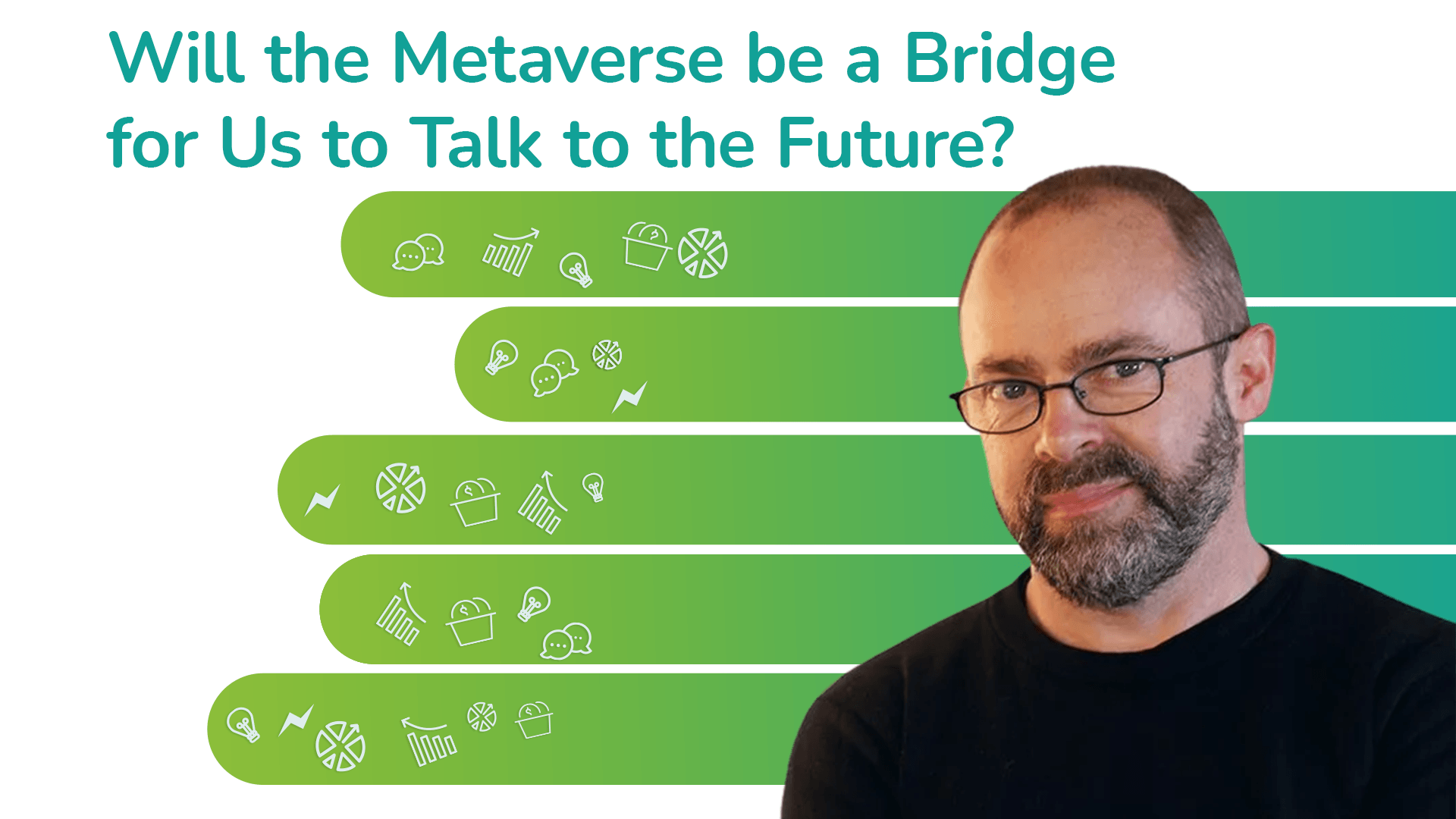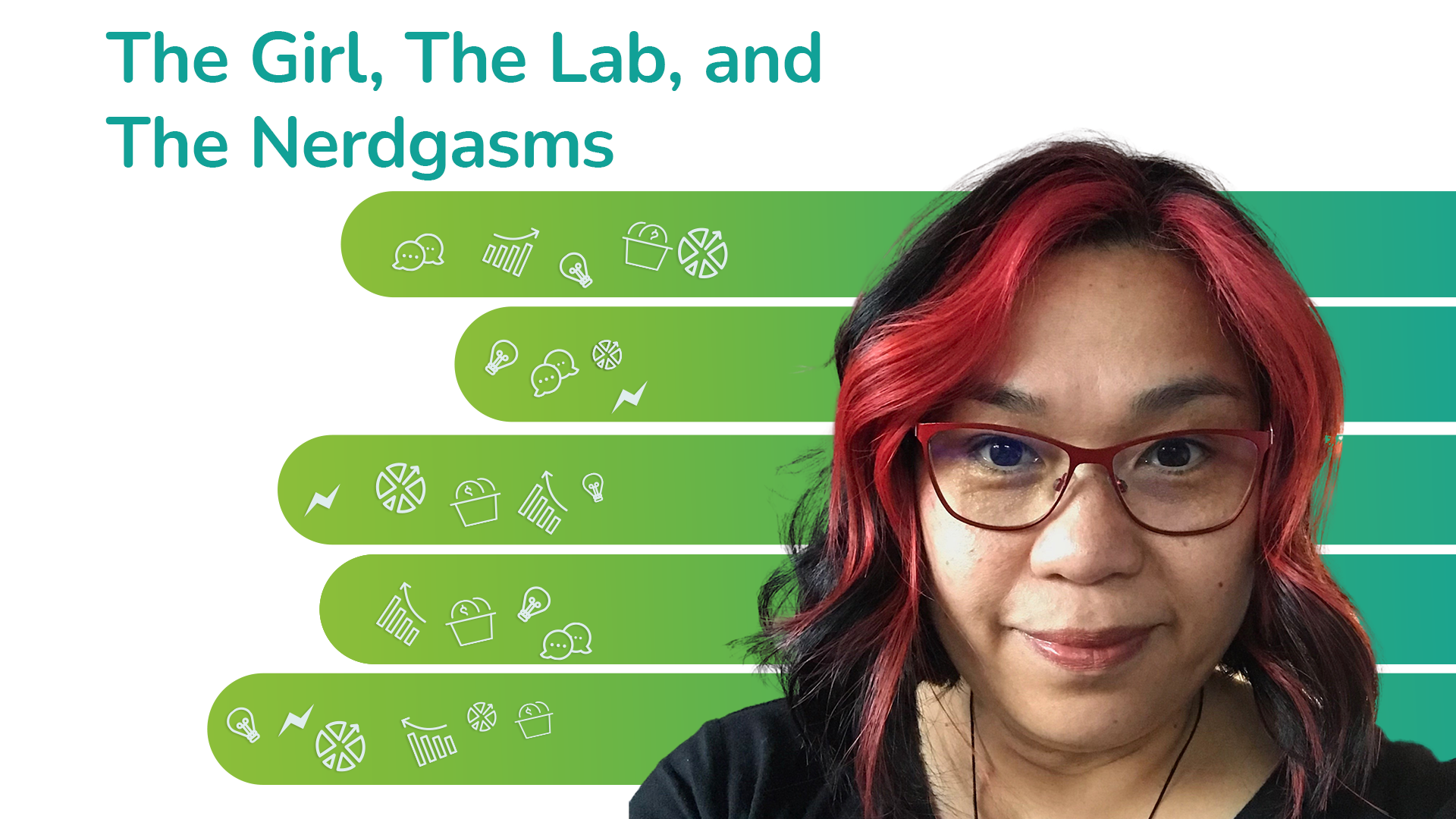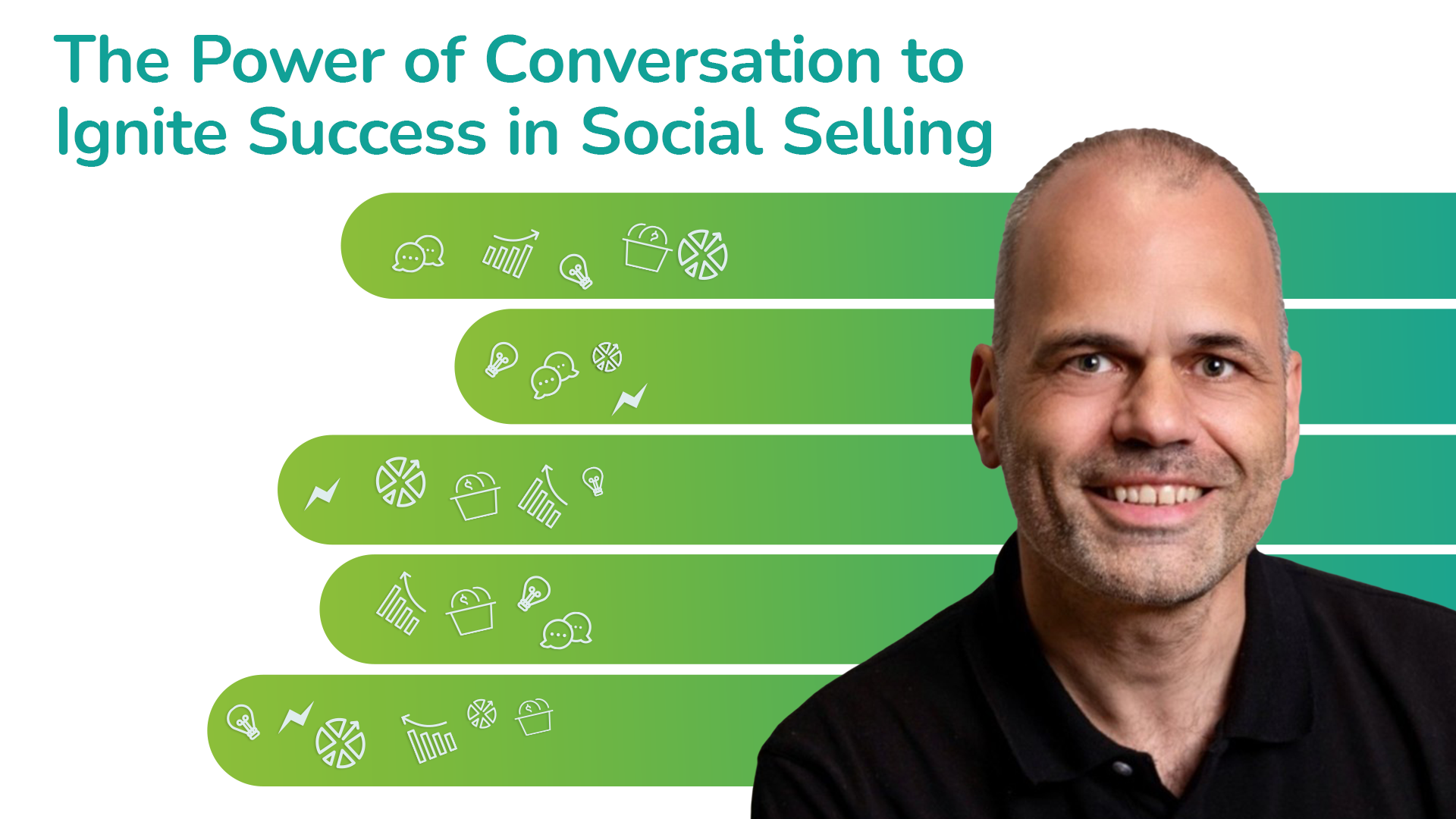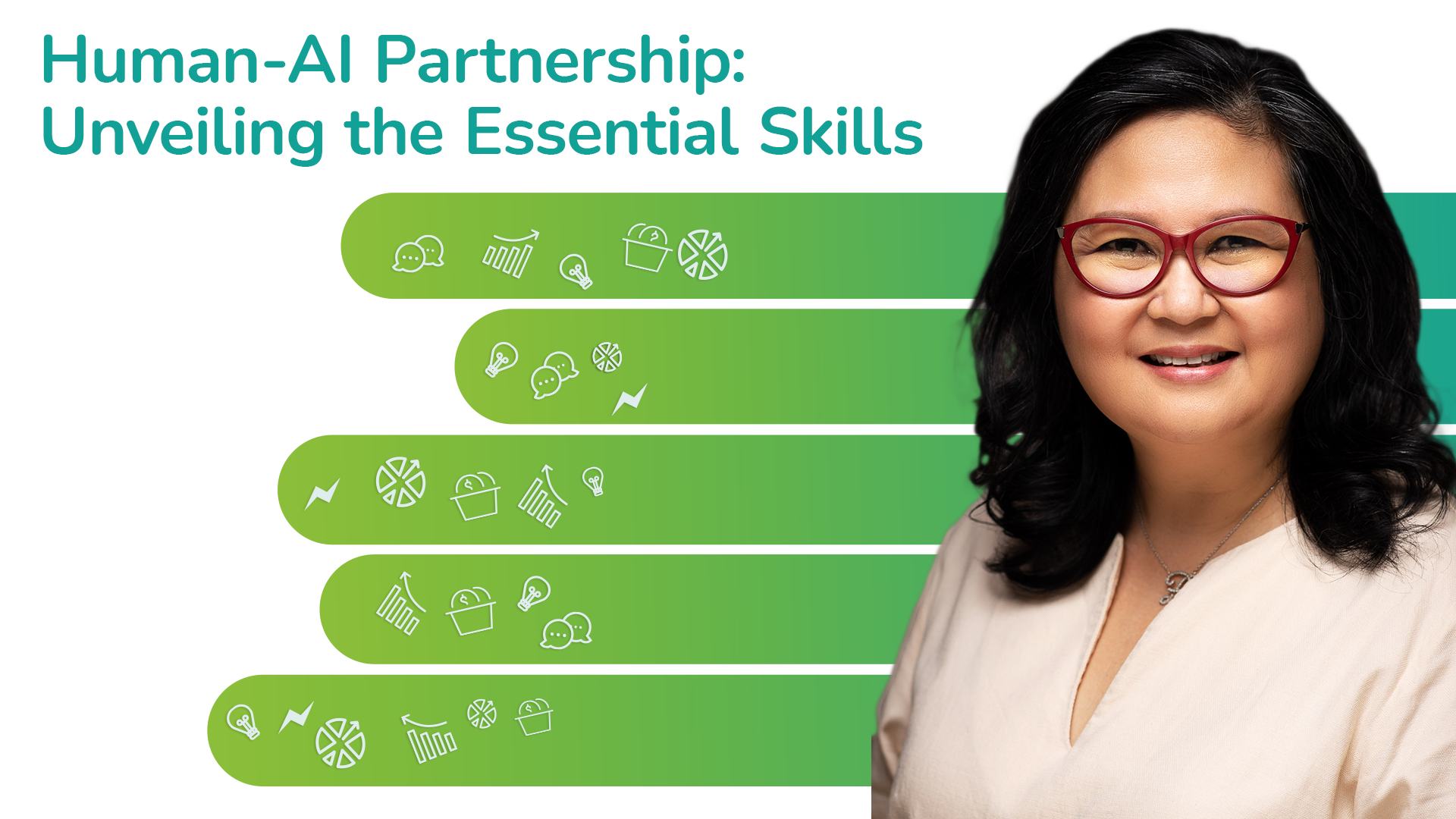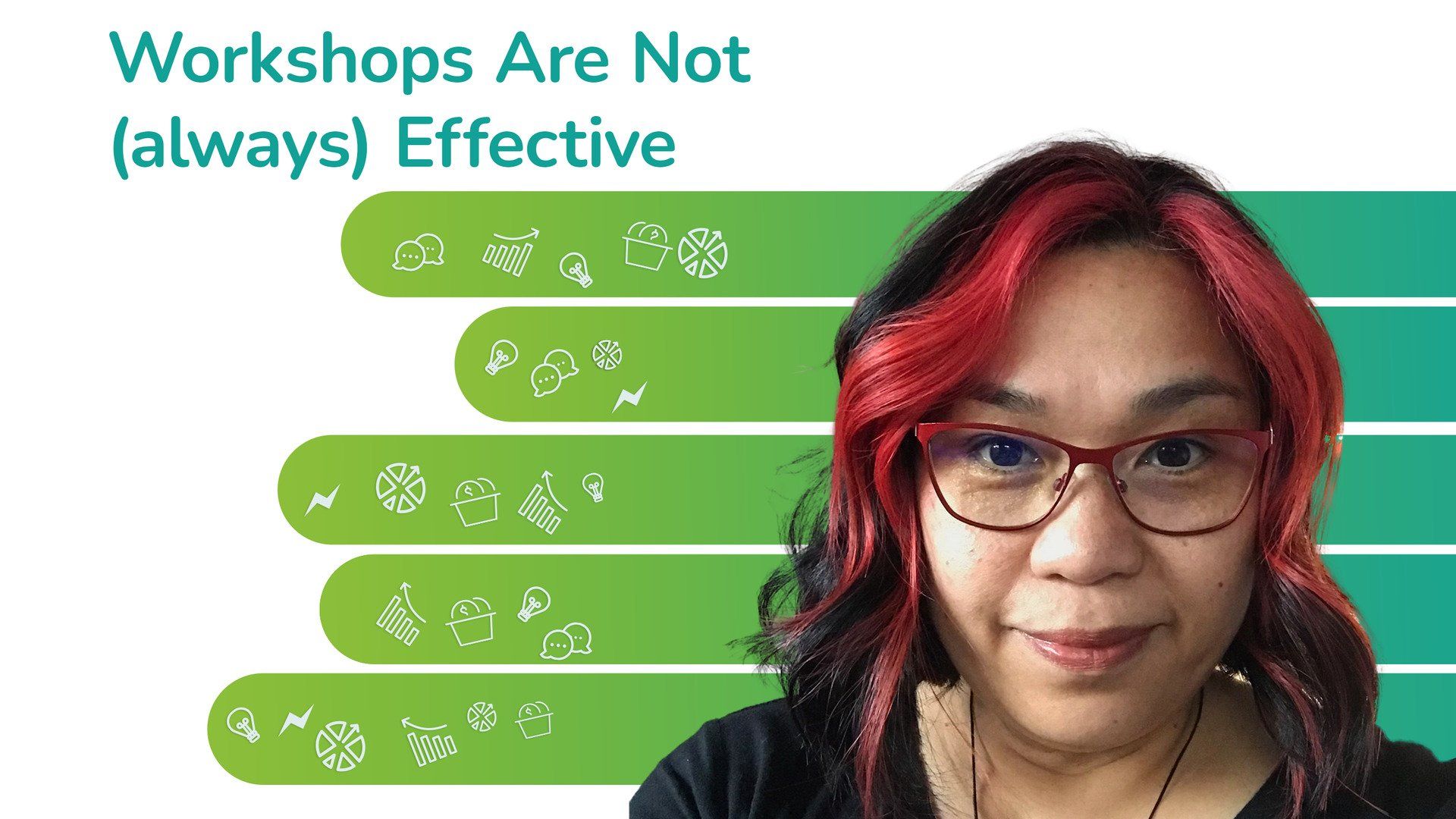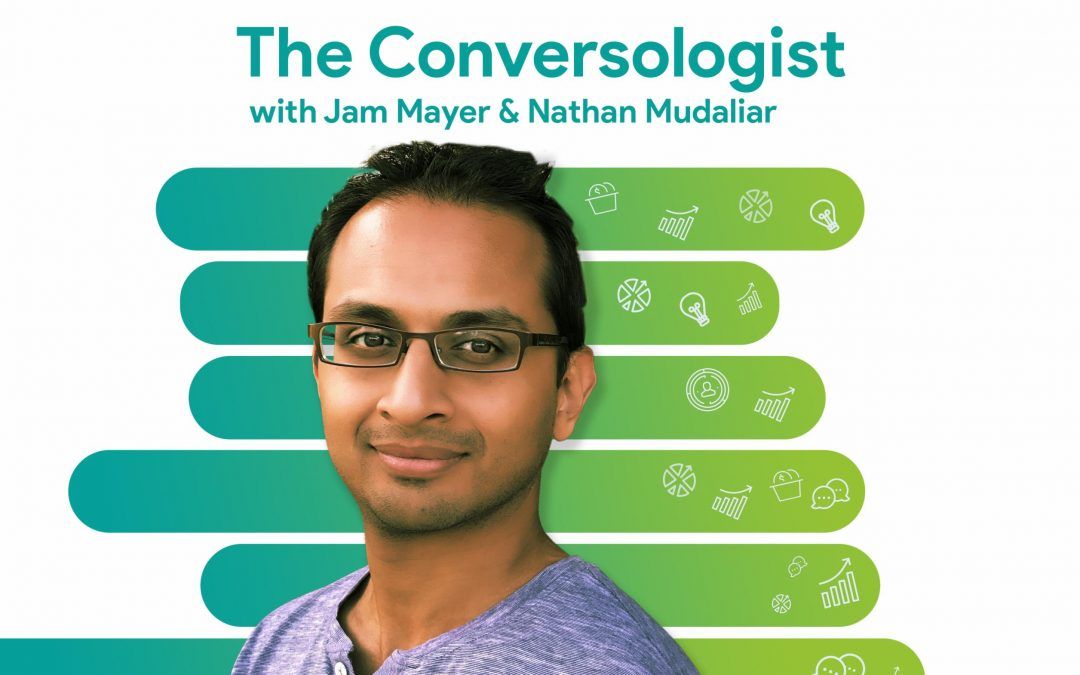
Season 1 Episode 9 | 20 minutes
How do you develop an engaging chatbot personality in the shortest time?
Being an in-house radio copywriter forces you to deliver what we usually tell clients is impossible: good, cheap, and fast.
Rew Shearer’s key to survival in this chaos has been formulae that cut to the chase and streamline the workflow. In this episode, he discusses his quick trick to developing a chatbot personality that is engaging, effective, and memorable.
Hosts & Guests
Rew Shearer
Episode Conversation
Topics that were discussed:
- The Validity of Intuition
- Emotion vs Cognitive Evaluation and Decision Making
- The Power of Customer Service to Influence Sales
- Humour as an Engagement Tool
- The Dangers of a “Safe” Chatbot
- Shortcuts to Good Conversational Design
Episode Transcript
Introduction
My hack to designing a chat bot personality. Make it someone you know, if that's all you are listening for. There you go. That's the hack. But if you have a few minutes, maybe heading to work or maybe you're out walking, come with me on this little journey right now to crafting a convincing, engaging, three dimensional chatbot personality.
Welcome to the Conversologist podcast, where we talk about the art and science of conversation in the digital space. We know that technology can be a powerful enabler in the customer journey from marketing to customer service, but communication and emotional connection still need to be at the core. I'm Rew Shearer, Conversologist and Radio Copyrighter, and I invite you to converse with us. This is Episode 9: Hacks for designing a chatbot personality chatbot personality is a topic we've covered before in podcasts and blogs, even a webinar. I'll provide a link to that in the show notes. So why am I covering it again?
Pretty simple, really. No, really that's what this episode is about. Simplicity. As marketers, conversation designers, developers, we often look to complexity as being the answer. We take the long route and follow painstaking processes because that's the way we were taught. We learn the steps to follow and in most cases we follow them without questioning. This isn't a criticism of anyone. It's just an observation. It's the way we are. It's what we get paid to do. This is a workflow. This is what everyone else does. So do it this way.
The Validity of Intuition
My argument is that intuition can be an easier way to reach the same, if not better, more effective solutions. Now, nerd moment here. Time to inject some brain science into this puppy. A mental image sorry about that. Intuition is not what we think. Boy, there's an oxymoron, but bear with me because intuition is what we think. Our beliefs usually tell us that intuition is some gut level non-thinking, spiritual or supernatural voice that speaks truths that somehow are more revealing and accurate than those our logical brain can work through.
I'm not going to repeat that sentence, by the way, I hear it all the time, just in the way people use the word intuition, the way they inserted into their narrative. Intuition is detached from rational thought. It comes from the heart and it's free of the mind's constraints, prejudices or preconceptions. Bad news factor's intuition is our brain working, but here's the thing, to paraphrase philosopher and neuroscientist Sam Harris, our conscious mind is usually the last to find out what we just decided.
That's actually going to be relevant later on in this podcast. So grab that thought and stick it behind your ear right now. You'll need it. Back to my point. Our brains do most of their thinking without us being aware of it. Consciousness or awareness is relatively superficial, riding on the surface while the heavy lifting is done without us knowing in the subconscious. And it is all brain, not spirit, not heart, brain. Intuition is the product of a working brain consulting its own exhaustive and subjective, but also complex library of experiences, observations, successes and mistakes, interactions.
Intuition is when you already know the answer, but your consciousness is still at, "should I have ice cream for breakfast?" Yes, you should. By the way, why do what everyone else does just because. So when I say to trust your intuition, I'm not saying you leave behind common sense process or due diligence. I'm just saying that you probably already have those resources primed and ready just beneath the conscious layer of your mind. And they're likely to do you a pretty good job of delivering a solution. Back to where we started.
Why am I covering chatbot personality again? Because my formula takes intuition and runs with it. And as a result, it should be easy, fast, but surprisingly good and thorough. OK, before we go any further, I'm going to revisit why a chatbot or any conversational marketing flow, for that matter, it might be email, it might be Web copy will benefit from having personality. In a nutshell, it's about engagement, trust, memorability and likability.
And it's about brand. If you're considering a cheap template based solution, this podcast probably isn't for you. But be warned, bad chatbots are the reason there's so much pushback against them and there is. OK, so mental image of a bad chatbot is that it's hiding around the corner with a crowbar waiting to knock you out and steal your wallet. And in all honesty, that's often not very far from the truth, except that bad generally means unengaging, unimaginative and not fun.
The Power of Customer Service to Influence Sales
In the words of our own chief Conversologist, Jam Mayer, genuine and meaningful conversations have proven to be a long term solution to a good digital experience. Well said. In fact, Jam herself is a great example. As a friend of mine a few years ago when I was running a cafe, she would sometimes help out in front of house. Customer experience is something Jam knows extremely well, and what's interesting about the days she was on at the cafe is that the sales for that day would be higher, typically around 20 per cent higher.
There was no real secret to it. It's just that Jam would engage customers in a way that was appropriate to their needs. She would ask questions, listen, smile, and not just take their orders, but help them decide on sides, desserts and other items that they otherwise probably wouldn't have bought. She also made them simply feel good. They had fun being there. Those customers didn't just give positive reviews and feedback, they came back. As Jam often reminds us, a chat bot is a digital employee representing your business.
Its role is exactly the same. It doesn't just give out information, make sales or offer customer service. Yes, it does all that, but so does your website. But a well designed and scripted chatbot with a personality has the potential to bring all the magic and personality that your superstar employee does. It connects with your brand audience. It'll create more effective interactions and importantly, people will remember it and they'll come back to it. I go back to Sam Harris's line about your conscious mind being the last to find out what you just decided, we humans make most of our decisions emotionally, then use our cognitive powers to rationalise them.
We do this all the time. It's the go to for most people most of the time. And in fact, we can feel uncomfortable within ourselves when we're confronted with a rationale that doesn't match our emotional desire. So in the first instance, a chatbot with personality that connects with your brand audience can be engaging and persuasive at the most powerful emotional level. This isn't manipulation. It's important that I point that out. You're not using some neuro-marketing tactic to make people buy something.
I didn't actually want to make choices they weren't already considering. Just like you, a customer service superstar or your best sales rep, you're creating relationships that help people and make them comfortable with the choices they're making. Most of all, as I mentioned through the emotional connection, you're making yourself memorable. We remember the way we feel towards people far more readily than we remember what they have actually said. We're more likely to go back to a favourite cafe or revisit a website if the experience was fun, rewarding, entertaining, uplifting, emotional reactions, not just practical help.
This doesn't mean that your chatbot has to be a master of conversation with sassy AI come backs to every question, that can still be simple. Even a messenger bot using a free platform can have personality. So we've decided we want a chatbot with personality good. What are the basics of personality? Well, I've talked elsewhere about elements of personality too, including fallibility, that's uhms and ers and hesitations, bot typing. I'm a big believer in using that.
It's kind of a self timer for delivery of its lines and often part of the key to delivering a message with the greatest impact, is timing. See what I did there, humour. Believe me, it counts for so much. The neuro-chemicals associated with humour are an important part of social bonding. They release oxytocin, dopamine, serotonin, their role as an ongoing source of scientific inquiry, but we can be reasonably confident that a funny chatbot is going to engage better than a serious one. Depending, of course, on its appropriateness to your brand and audience.
Humour as an Engagement Tool
This is another must remember, by the way, whatever you do, you must align the personality of your chatbot to your audience, including its humour. I mean, there's no point creating a sassy teen chatbot to engage with high end business banking customers, as fun as that chat show might be to watch. The third element is attitude. And again, I covered this in our webinar on humanising your chatbot. Attitude is the bit that gets people nervous because attitude isn't going to please everyone all the time.
In fact, attitude might upset some people. More on that later. But again, if you've done your homework on your target persona, you can use attitude to create loyalty, tribalism and basically friendship. We gravitate to people or chat bots who think like we think believe what we believe. So fallibility, humour, attitude, these are all pretty complex aspects of personality, right? How do you map all of that out for your chatbot in a few short minutes?
How do you remember as your scripting your bot? Back to my hack. Here's how I do it and my rationale behind it. As I said at the beginning of the podcast, to create a convincing chatbot personality, I build it from somebody I already know. Otherwise, if you're creating a character from scratch, you not only need to figure out what, say words or use what jokes they might make, what are their attitudes, how they react to this or that situation, in order for it to be really in-depth and accurate, you need to understand why what happened in their past, what the other people influencing them, what has made them who they are throughout their life.
Why do they have these attitudes culturally, emotionally, interpersonally? We all have many subtle influences that have made us who we are and mapping all that stuff out, creating it from scratch is extremely difficult and time consuming. The wonderful thing about writing the chatbot as somebody you know is that all of those things should already be filled in. If you know the person reasonably well, if you know their history, you know their attitude, their humour, you know how they'd react to different situations.
Now, your chatbot will probably never have an argument with a customer. Like an argument needs to be something that you have a good rationale to include. But just knowing what things might spark an argument with that chatbot can be extremely powerful. You suddenly have a fleshed out, well-rounded character for your chatbot, you know intimately well and can write from their perspective convincingly and engagingly. So how do you decide who will be your unlucky victim? Which friend are you going to turn into a chatbot?
Well, I look first at the user profile. The target audience, and I think, well, who in my network of friends and acquaintances will be the perfect one to engage these people. Again, this process of who, is letting intuition do a lot of the work. But let's keep remembering that intuition is built on our own learned knowledge and experience. So most of the time, your so-called gut will get it pretty right. So I identify the person and I usually start with their photo and come up with a name.
For me, that's just a good way of keeping them central to my mental focus as I start to write the description. Now, I can't stress enough that you're only using this real person as a template for your chatbot. You're not trying to actually recreate them in a digital format. For goodness sake, unless it's a deliberate strategy, change their name. Don't reveal any personal details, and please don't even think about using their photograph for the chatbot unless you have their absolute blessing for it.
So I'll give you an example. There's a chatbot I created a description for. The chatbots name is Tarle, which is safely culturally neutral South Pacific, but also a convenient contraction of the client's own business name. Box dictating.
Yep, Tarle is a "she" and more about that soon. The person I based Tarle on is a former work colleague and a friend that I know well enough, and I know her story well enough to be able to write convincingly. To phrase things in the way she might speak, to react and the way she might react and to demonstrate emotional values. Importantly, in this case, compassion, empathy, drive, practicality, solution providing and supportiveness the way she would.
In fact, if at some stage in the future the chatbot had enough AI to be able to genuinely have free-running discussions or conversations with customers, she may well be able to tell a few stories that would have some parallels to the real person. Of course, names, locations and actual events would not be shared by the chatbot because that could be an invasion of privacy, but you get the idea of how knowing a real person and using them as a basis for your chatbot is a very easy way of creating something three dimensional.
The great thing about personality in a chatbot is that it doesn't have to be perfect, especially if it's got attitude. In fact, this is the thing we covered in the previous episode too. Why do we hate chat bots was the episode. As long as you set the expectation early, what the chatbots here for, what its role is, what its limitations are, and then throwing bits of sass like whoa there Tarantino, stop typing if you want to talk to me, you can click the buttons like everybody else.
People will forgive its limitations and just enjoy the experience. Boom. You've got a well rounded, believable and most likely effective chatbot for your audience. In Tarle's case, I've written her description in about 100 words in a guide document client loved it, by the way, and scripting the conversation was easy. And there's an interesting side, which I think I'll quickly talk about, I mentioned earlier, Tarle's a she well, a social media marketing acquaintance of mine, posted a bit of an eye roll on Twitter asking, why are these chat boards always good looking young women?
Well, first, that's a generalisation and they're not. But secondly, my hunch would be that the designers probably did their research. The data will probably tell you that women enjoy greater trust in customer relationships than men. This isn't my opinion, this is research I've seen that women tend to be more trusted. At least I might add, in current Western society such as New Zealand, Australia or the US. It could be completely different and say, Central Asian countries.
But with Tarle, thirdly, it's less of a generalised factor like trust and more about my friend's absolute fit for the clients customers. She's open minded. She's a problem solver. She's an enabler in the most positive sense, she's smart, cool, under pressure, wouldn't hesitate to bitch slap any idiot who deserved it. And she's funny. And if all of this high praise doesn't win me back into a good books, after she finds out I turned her into a chatbot, I'm screwed.
Point is, my friend turned into a chatbot was spot on for my client's audience. The fact that she's a mother, that you have an emotional connection with the extremely busy and time poor lifestyle of the woman entrepreneur makes her absolutely perfect for the part. This is what I mean about the importance of knowing your audience persona, the user who will be talking to the chatbot. Culture important, cultural context is important, social context is important, but ultimately, the user profile you want to engage with is the most important consideration of all.
The Dangers of a "Safe" Chatbot
This is why we've said many times that you need to know your customer. Now, just a caveat to something I said earlier about bitch slapping, you remember, which is sure to have got somebody back up. Right. But that's the point. The automatic thing for a chatbot, writer or conversation designer is to avoid anything that might offend anyone. Especially in this age of outrage, where anything offensive might be shared to the angry mob of social media. Right. Funny thing that because a former creative director of mine had a saying, the only bad advertising is forgettable advertising. Whether you love it or hate it, at least you won't forget it.
You can so translate that into chatbots. A lively conversation that has the potential to upset somebody, particularly somebody outside the core target or tribe, creates that sense of bonding, community, connection. And it makes it memorable. If you try to be something for everybody, you'll end up meaning nothing to anyone. Case in point, this is something I regularly go back to because it's such a cautionary tale. The first chatbot to enjoy mass popularity with smarter child, the act of Buddy Chatbot that was employed across multiple channels and had a following of more than 30 million way back in 2000.
In the words of its creator, Robert Hoffa, and Robert, if you're listening to this or anybody tags, you get in touch we want you as a guest. One of the key reasons smarter child failed in the end is that it was bought by Microsoft, whose engineers removed its personality, basically, quote, fearing that its attitude would upset some people. In the case of my bot Tarle and indeed the woman she was modeled after, a little sassy aside about creepy male compliments in the boardroom or getting a muzzle for your kid is probably going to wind somebody up.
But if it does go Tarle. So there's the hack. Think of the friend who fits your client's customer profile. Trust your intuition and right as if it was them talking, protect their identity, but dig deep into the rich gold mine of human fallibility, humor, nuance and attitude that they offer. Seriously, you get a better chatbot conversation at the end of it.
Closing
The last word, be the Conversologist. Conversologist being the one who practices the art and science of genuine and meaningful conversations. What we've just talked about. Conversations hold the key to making the customer journey a positive one. Look, we'd love your feedback. Agree with us. Love us, hate us. As long as you don't forget us, tell us your thoughts. Share your inner Conversologist. Comment on Anchor.FM or leave a message on your social channel. Join the conversation because we want to hear from you.
Thanks to Chief Conversologist Jam Mayer for giving me the keys to the podcasting software. Many thanks to the gifted Carlo Vergara for our theme music. We'll be back soon.

